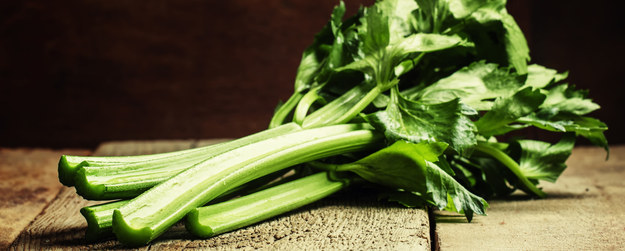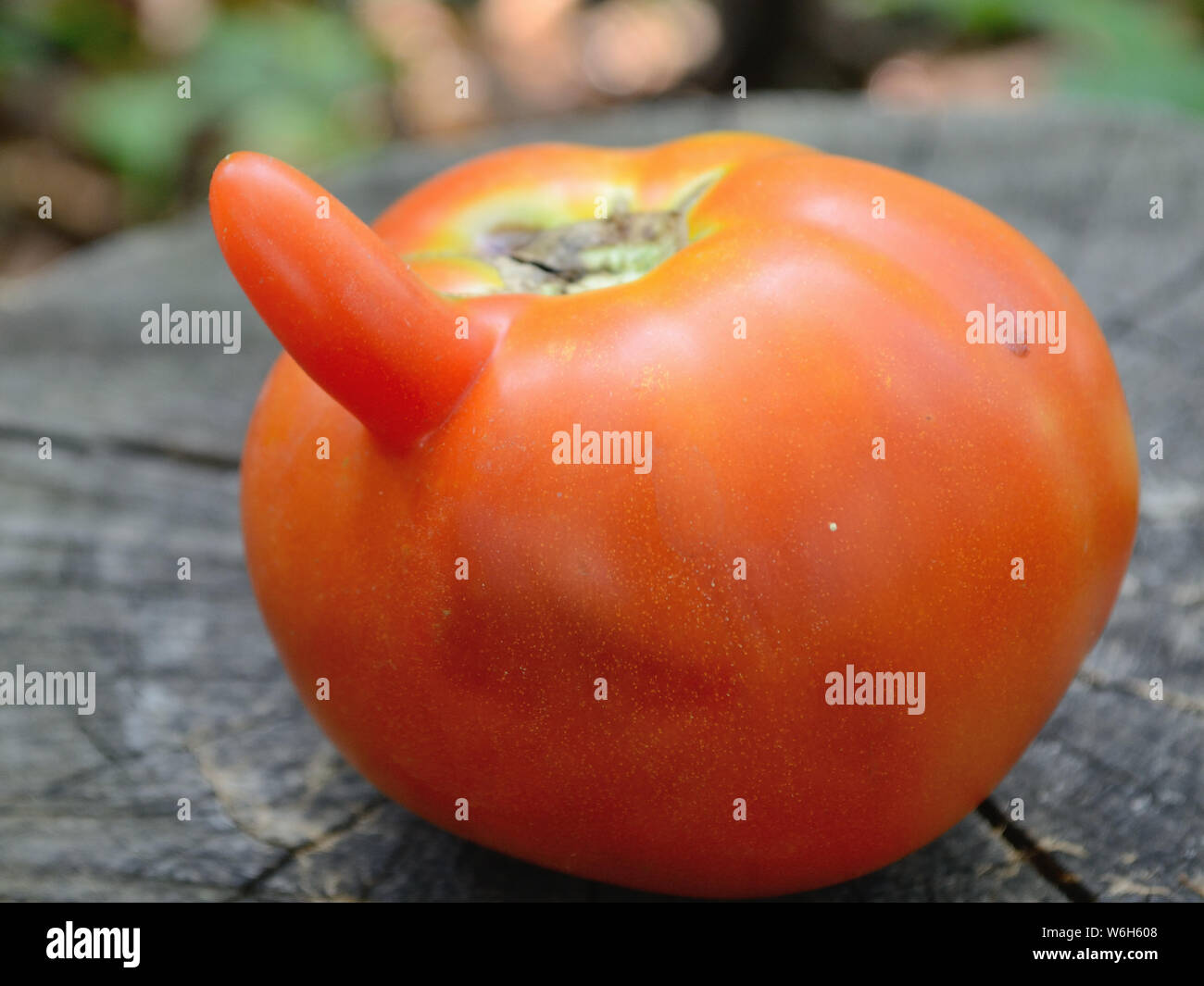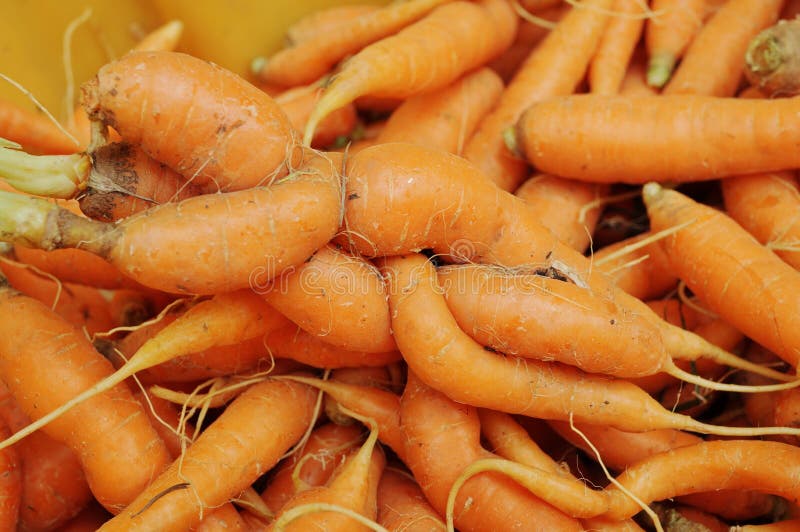
For another big player in the online grocery market, “guidelines” on how produce has to look go all the way down the supply chain. “We do see returns on produce and have to deliver alternatives in these cases,” says Albinder Dhindsa, co-founder of online grocery store Grofers. Online customers also subscribe to the beautiful-is-better line. “We need to fight this falsehood with campaigns of how local, organic and natural food comes in all shapes, colours and sizes,” he says. He adds that advertising also plays a huge role in making people believe that “painted over” fruits and vegetables are good for them. Organic food will have blemishes as there are no pesticides being used,” says Chandra Bhushan, deputy director general, Centre for Science and Environment. Some don’t buy fruit that has no “OK sticker”. The lure of “imported” fare is highest in big cities with bigger disposable incomes. Many of our customers think imported fruit will be tastier,” she says. It is ironical that when there is a need for more organic food, they still want it to look good. “They must be told how genetically modified food always looks pretty, but may not taste good. Swasti Agarwal, regional head of Foodhall, says people lack awareness. Even when they order through the phone, we are careful to send only handpicked and good-looking merchandise,” he says. “If something doesn’t look good, one can be reasonably sure that it won’t find a buyer. Mohit Khattar, MD and CEO of multi-city retail chain Godrej Nature’s Basket, says majority of Indians tend to be very demanding when they shop for veggies. But the urban Indian customer is not quite ready to welcome ‘ugly food’ into his/her kitchen. UK retailer ASDA promotes “wonky” produce and Canada’s largest supermarket, Loblaws, sells it as their “naturally imperfect” range. French supermarket Intermarché sells its not-so-pretty produce under the head, “inglorious fruit and vegetables”. To make amends, a lot of international retailers have joined the ugly food movement. The Waste and Resources Action Program compiled a report last year that said a third of all the food produced in the world is never consumed - that’s a waste of $400 billion a year. Dana Cowin, editor-in-chief of Food & Wine Magazine, launched the “ugly food” movement in the US last year to make Americans aware of the 133 billion pounds of food that is thrown away because of its appearance, regardless of it being safe and edible. What chance does misshapen desi subzi have against all this pretty food? But even as we obsess over how our lauki looks, people elsewhere are finding this discrimination hard to digest. The green vegetables get a dewy mist with water sprayers and the fruits shimmer in their waxed glory. Sachdeva’s shop is one among many in the prominent city market where vegetables are given a makeover every day. If they are small or broken, no one buys the carrots the potatoes have to be evenly shaped,” adds Sachdeva, before attending to a customer holding some luxuriant iceberg lettuce. “There should be no yellow colour on the green vegetables. Even as he makes this observation, a worker wipes some red and yellow peppers with a muslin cloth before placing them on a shelf. They have to look good,” says Mohit Sachdeva, owner of Evergreen Vegetable and Fruit Store in Delhi’s INA market.



“Indians are picky about how their vegetables look.

But a new movement to embrace the crooked carrot and lackluster lauki is catching on worldwide Would you pick up a gnarled carrot, a lumpy-looking potato or a two-headed tomato the next time you go veggie shopping? Most likely not. Indians are becoming increasingly picky about their subzi - they want it shiny, shapely and spotless.


 0 kommentar(er)
0 kommentar(er)
